Your Safety & Comfort on Trek
Please Note: This List may vary depending on your specific trekking requirements.
BASIC GEARS
- Camping Tent
- Sleeping Bag
- Sleeping Mat
- Head Torch + Spare Battery
- UV Protection Sunglasses
- Trekking Pole
- Tent Bulb
- Water Bottle
- Knife/Shocking Torch ( Safety)
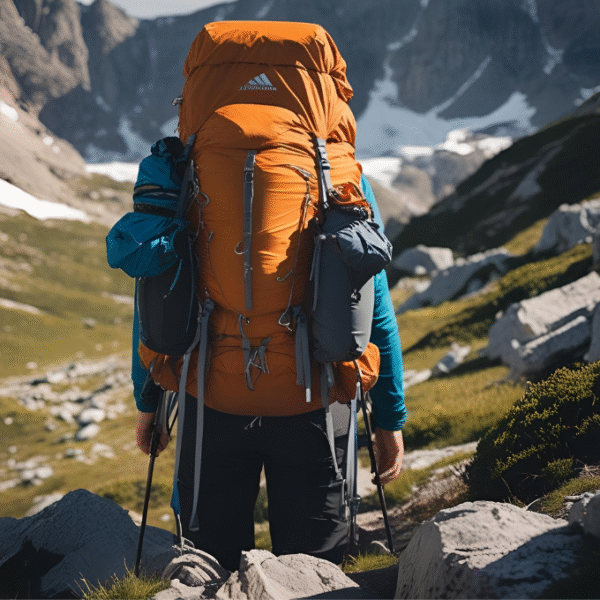
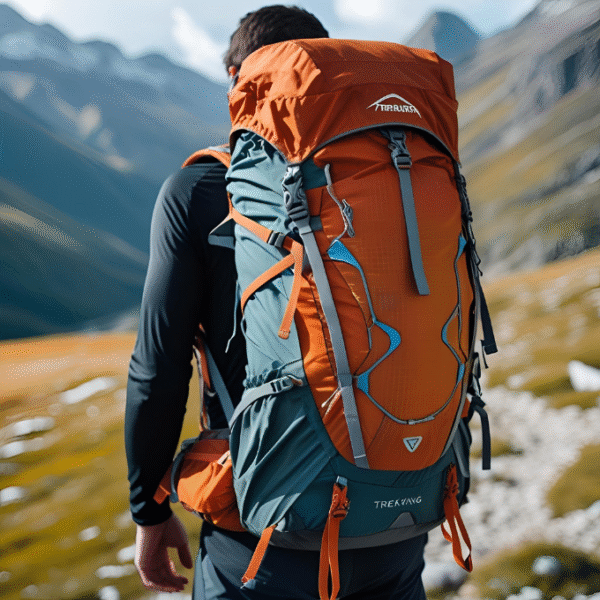
BACKPACK
- Day Pack
- Backpack + Rain Cover
- Rucksack + Rain Cover
FOOTWEAR
- Trekking Shoes (Low Ankle)
- Trekking Shoes (High Ankle)
- Lightweight Sandals/Slippers
- Gaiters
- Microspikes
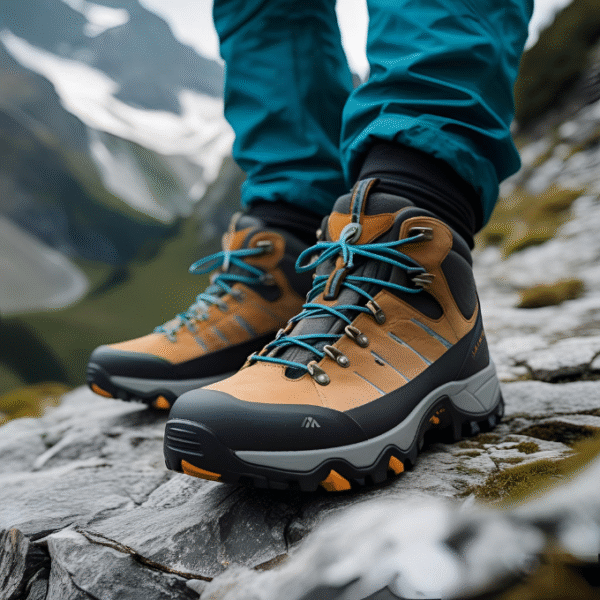
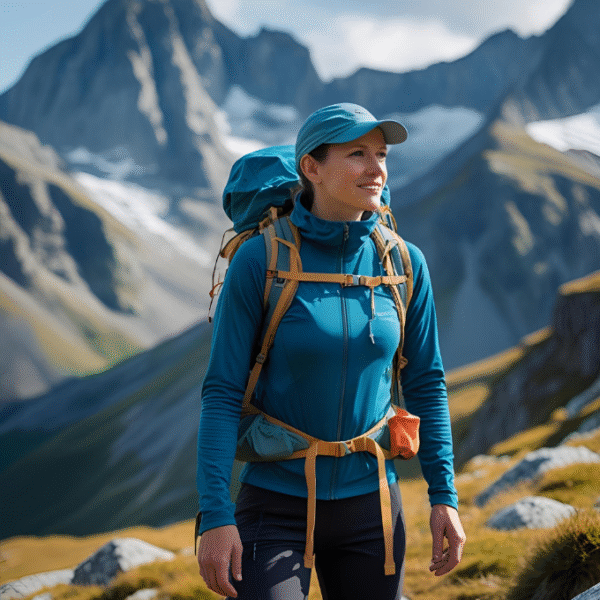
CLOTHING
- Quick Dry Track Pants
- Tshirts/Sweatshirts (Full Sleeves)
- Woolen Socks (Thick)
- Thermal Body Warmer
- Undergarments
- Warm Jacket
- Mufler
- Rain Wear / Poncho
- Warm Gloves (Waterproof)
- Woolen Cap
- Sun Shield Hat / Cap
UTENSILS
- Lunchbox (Small Leak Proof)
- Plate
- Spoon
- Tea/Coffee Mug
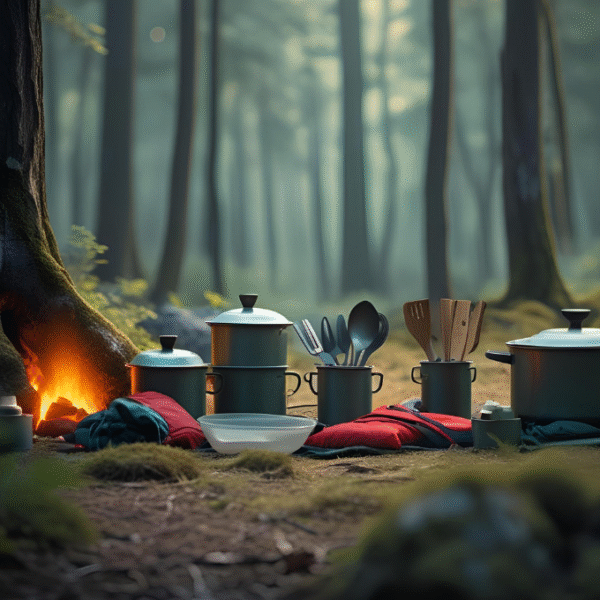

FIRST AID KIT
- Diamox
- Crocin
- Avomine
- Avil 25mg
- Combiflam
- Disprin
- Norflox TZ & Lomofen
- Digene / ENO / Gasofast
- Foot Powder
- Omez/Rantadine
- Crepe Bandage
- Band-Aid
- Gauze
- Cotton
- ORS
- Betadine or Any Antiseptic Cream
- Moov Spray
- Water Purifier
PERSONAL CARE & HYGEINE
- Small Towel
- Toilet Paper
- Paper Soap
- Mini Bar Soap
- Toothbrush
- Toothpaste
- Cold Cream
- Sun Screen Lotion (Small)
- Lip Balm
- Face Wash
- Hand Sanitizer
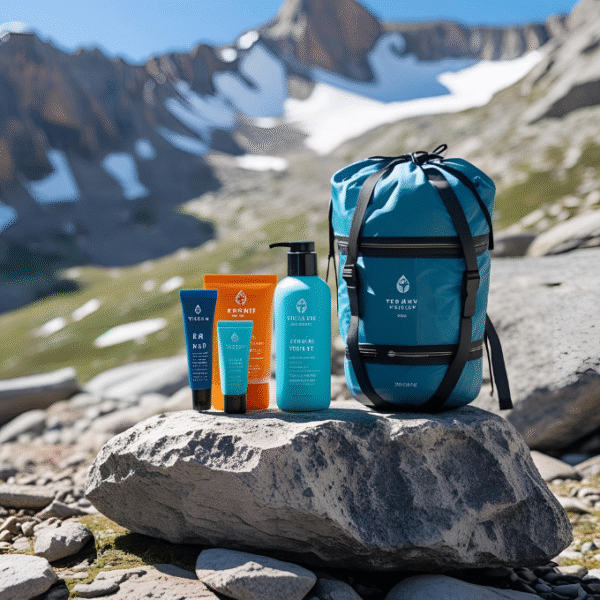
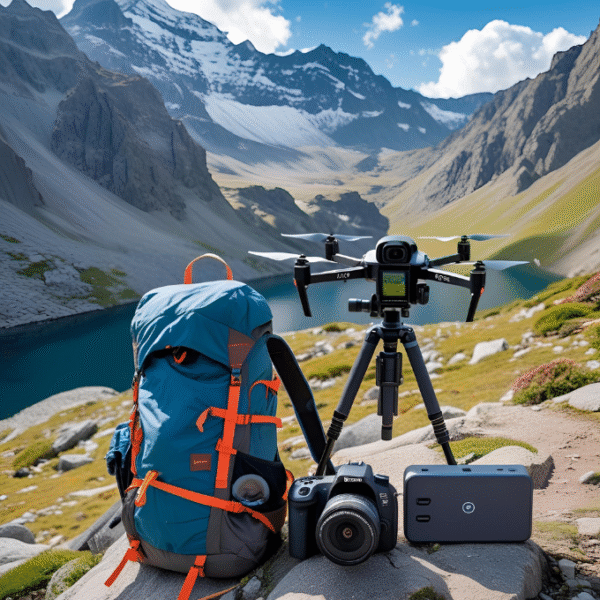
MISCELLANEOUS
- Camera
- Tripod
- Powerbank
Frequently Asked Questions For Trekking Essentials Guide
Trekking essentials refer to a set of gear and items that are considered crucial for a safe, comfortable, and enjoyable trekking experience.
Consider the capacity, fit, comfort, and durability of the backpack. Look for features like adjustable straps, a hip belt, and multiple compartments.
Look for boots that are comfortable, offer good ankle support, are waterproof, and have a sturdy sole suitable for the terrain you’ll be trekking on.
Pack clothing in layers, including base layers, mid-layers for insulation, and a waterproof outer shell. The number of layers will depend on the expected weather conditions.
Trekking poles are optional but recommended, as they provide stability, reduce strain on joints, and improve balance during challenging hikes.
Consider the temperature rating, weight, and packability of the sleeping bag. Choose one suitable for the expected temperatures during your trek.
Look for a lightweight, sturdy tent that can withstand the weather conditions. Consider the number of occupants, ease of setup, and durability.
Yes, there are compact first aid kits available specifically designed for outdoor activities. Look for kits that include essential items for common injuries and ailments.
Look for moisture-wicking, quick-drying fabrics that offer breathability and protection from the elements. Choose clothing appropriate for the expected weather conditions.
Yes, in high-altitude treks, you may need additional gear like high-altitude sleeping bags, warm clothing, and proper acclimatization strategies. Consult with experienced trekkers or guides for specific recommendations.

